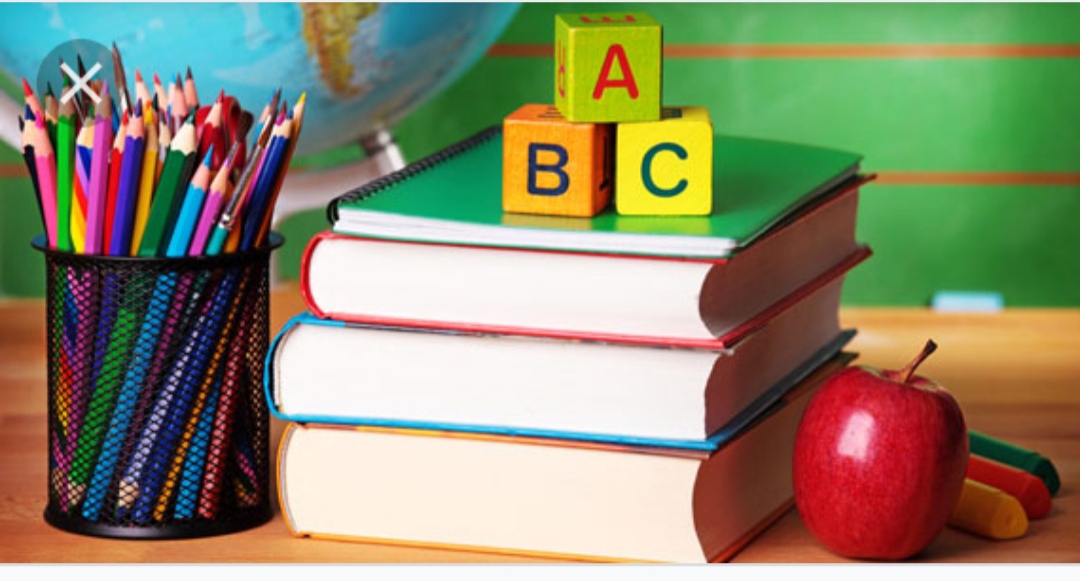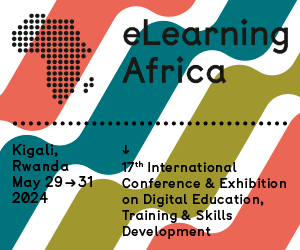Instructional materials play a vital role in enhancing the teaching and learning process within the classroom.
These materials encompass a wide range of tools, resources, and aids that educators employ to facilitate effective instruction. From traditional textbooks to digital platforms, instructional materials have evolved over time, offering diverse benefits that contribute to the overall educational experience.
The instructional materials foster a dynamic and engaging learning environment.
First and foremost, instructional materials serve as valuable aids in conveying information and concepts to students.
Textbooks, for instance, are comprehensive written resources that present structured content in a clear and organised manner. They provide a foundation upon which teachers can build their lessons, ensuring that essential topics are covered and that students have access to reliable reference material.
Also, textbooks can be supplemented with visuals, charts, and graphs, making complex ideas more accessible and understandable.
In an increasingly digital age, instructional materials have expanded beyond the confines of printed books.
Technology-driven resources, such as interactive whiteboards, educational software, and online databases, have become integral components of modern classrooms.
These digital tools offer a dynamic and interactive learning experience. For instance, interactive whiteboards enable teachers to display multimedia content, engage students in virtual activities, and provide instant feedback.
Educational software and online platforms offer adaptive learning experiences tailored to individual student needs, allowing for personalised instruction.
Furthermore, instructional materials cater to diverse learning styles and abilities. Not all students learn in the same way, and instructional materials can be tailored to accommodate various learning preferences.
For auditory learners, audio recordings or podcasts can be incorporated into lessons. Visual learners benefit from diagrams, charts, and videos, while kinesthetic learners thrive with hands-on materials like manipulatives or interactive simulations.
By diversifying instructional materials, educators can better reach and engage a wider range of students, fostering inclusivity in the classroom.
Another crucial aspect of instructional materials is their ability to stimulate student interest and engagement.
Well-designed materials can make learning more enjoyable and relatable. For example, incorporating real-world examples and case studies into lessons can help students see the practical application of what they are learning.
This relevance can motivate students to actively participate in the learning process, leading to better retention of knowledge.
Instructional materials also promote active learning and critical thinking.
Through the use of problem-solving activities, discussions, and experiments, educators can encourage students to think critically, ask questions, and explore concepts independently.
Manipulatives, models, and interactive simulations enable students to engage with abstract ideas in a tangible way, enhancing their understanding and retention of information.
Moreover, instructional materials aid in assessment and evaluation. They provide teachers with tools to gauge student progress and understanding. Quizzes, worksheets, and online assessment platforms allow educators to measure learning outcomes and identify areas where additional support may be needed.
This data-driven approach enables teachers to adapt their teaching strategies to better meet the needs of their students.
In conclusion, instructional materials are indispensable in the modern classroom. They serve as essential tools for conveying information, accommodating diverse learning styles, stimulating student engagement, and fostering critical thinking.
Whether in the form of traditional textbooks or cutting-edge digital resources, instructional materials enhance the teaching and learning experience, making education more accessible, interactive, and effective.
As education continues to evolve, the thoughtful integration of instructional materials remains a cornerstone of effective pedagogy, equipping both teachers and students for success in the 21st century.











